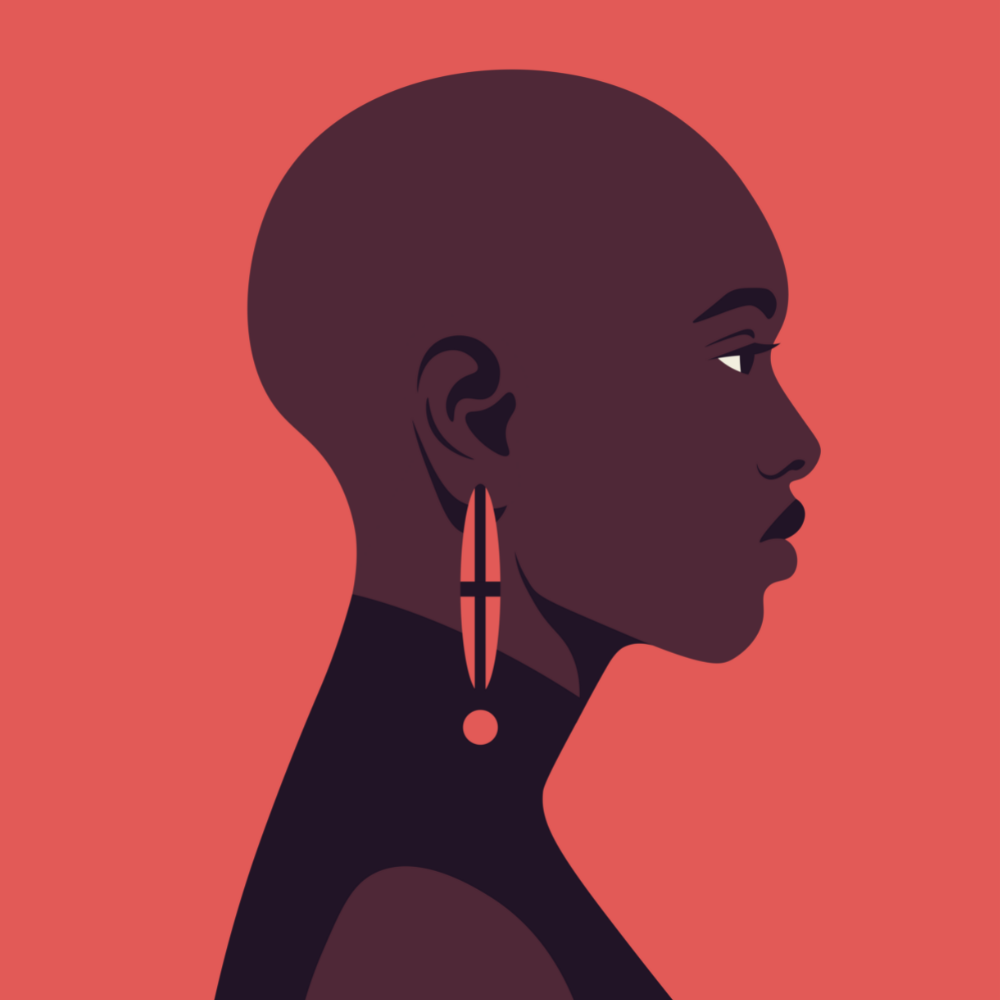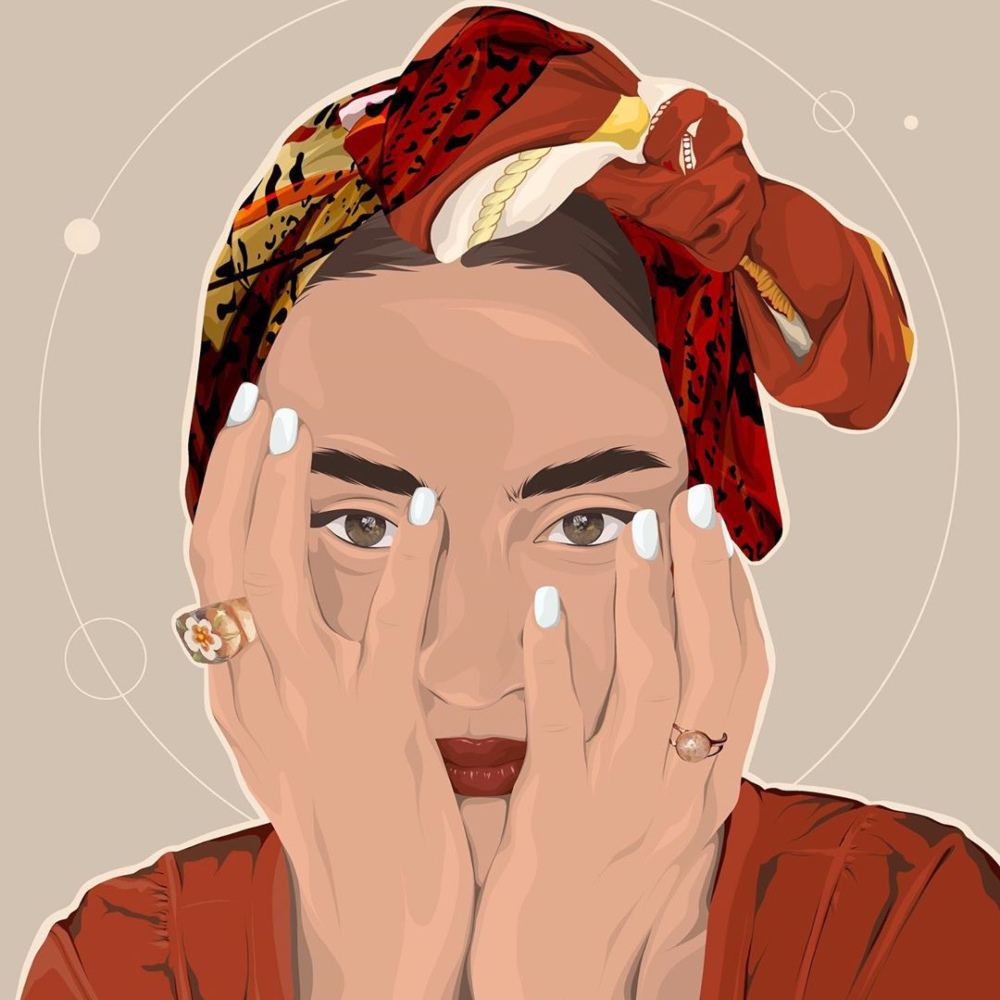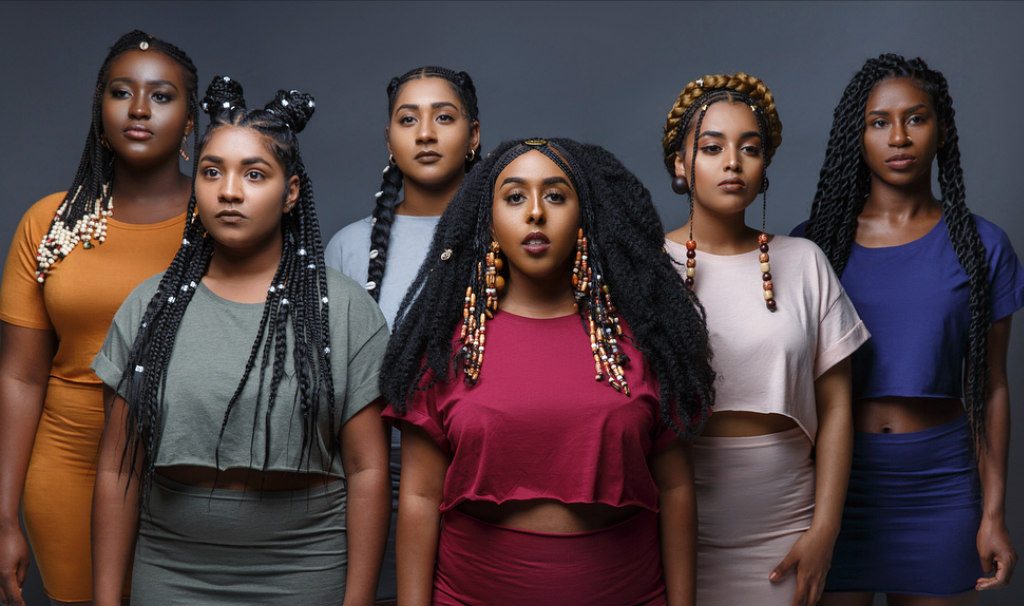Experts Say This Is How To Handle Thinning Hair
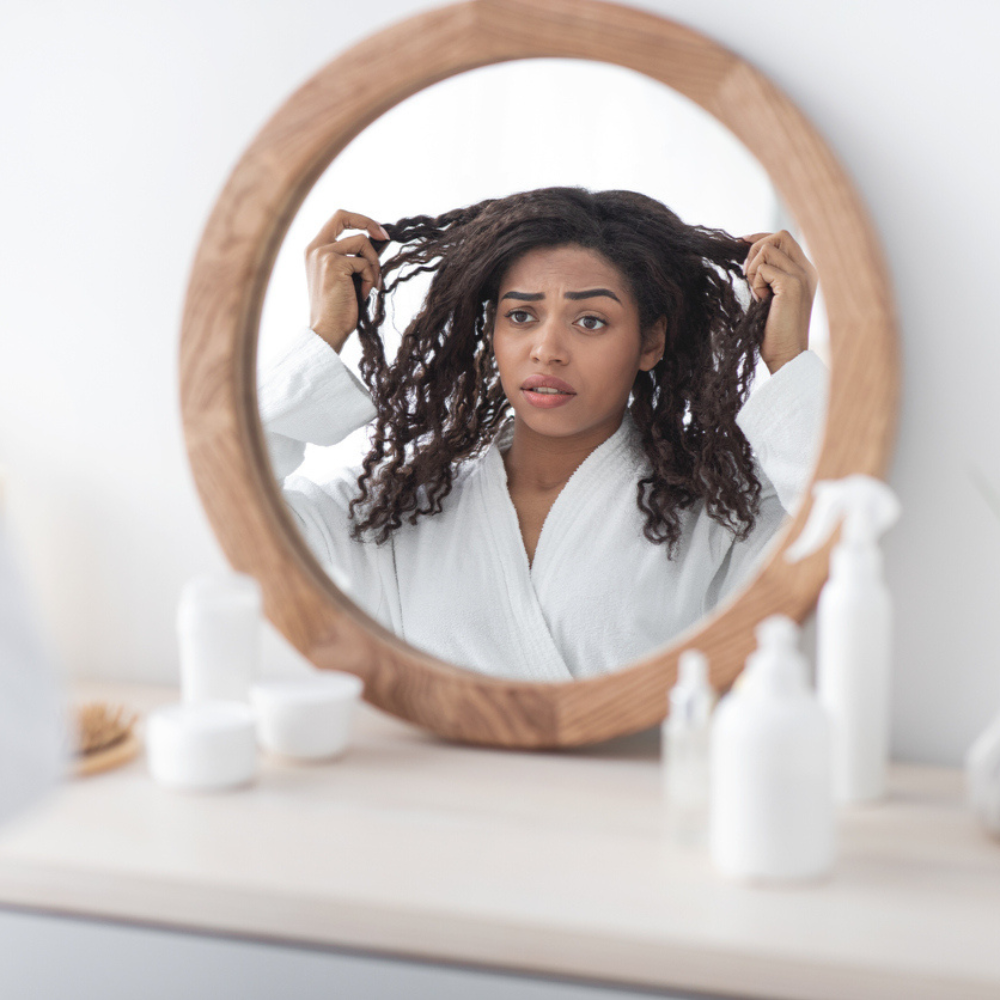
A creative writer with a voracious appetite for fashion, beauty,…
H
ave you ever looked in the mirror and noticed your once thick and luscious mane is now thinning? It’s a moment that can stop you in your tracks, causing a wave of concern and even a pang of insecurity. You’re not alone. Thinning hair is a common issue that affects both men and women. Hair has always been a significant part of our identity and self-expression. When those precious strands start to diminish, it’s only natural to seek guidance on how to handle this rattling change.
The good news is that there are experts who have dedicated their knowledge and expertise to understanding and addressing the challenges of thinning hair. They offer valuable insights and strategies that can help you navigate this journey with confidence and grace.
What causes this shift from lush to lackluster?
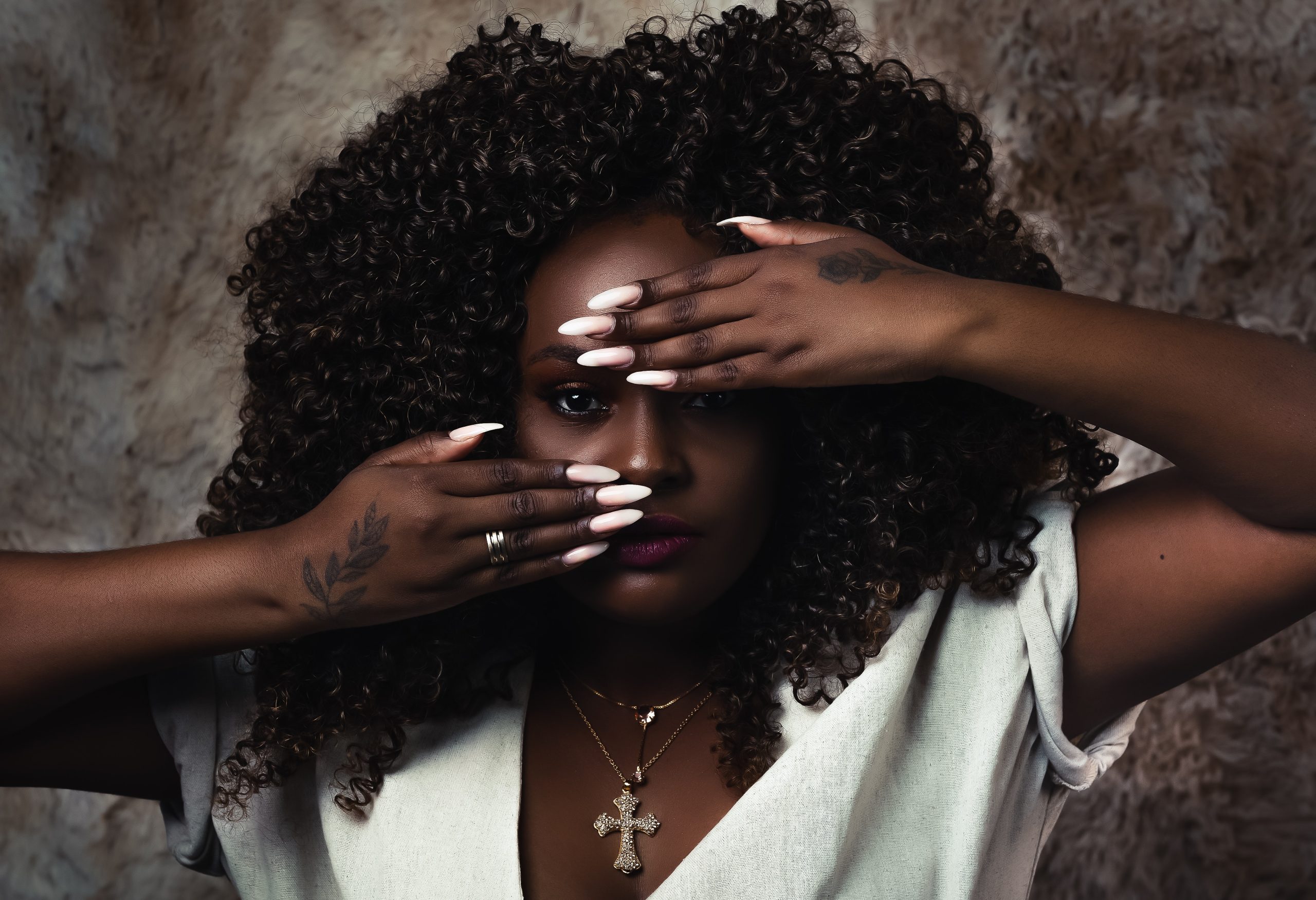
There are various factors at play, from genetics and hormonal changes to nutritional deficiencies and lifestyle habits. Understanding the root causes is essential in finding effective solutions and formulating a tailored approach to tackle the issue head-on. Thinning hair can have various causes, and understanding these underlying factors is crucial in addressing the issue effectively.
- Genetic factors: One of the primary causes of hair thinning is hereditary or genetic factors. If you have a family history of hair loss, it increases the likelihood of experiencing similar issues.
- Hormonal changes: Hormonal fluctuations can contribute to hair loss. For example, in men, an increase in dihydrotestosterone (DHT) levels, a byproduct of testosterone, can lead to hair follicle shrinkage and eventually hair thinning. In women, hormonal imbalances due to conditions like polycystic ovary syndrome (PCOS) or menopause can also result in hair loss or thinning.
- Nutritional deficiencies: Inadequate nutrition can impact hair health and contribute to thinning. Deficiencies in essential nutrients such as iron, zinc, biotin, vitamin D, and vitamin E can weaken the hair follicles, leading to increased shedding and reduced hair thickness.
- Stress and lifestyle factors: Chronic stress, along with an unhealthy lifestyle, can harm hair health. Stress disrupts the hair growth cycle, leading to increased hair shedding and slower regrowth. Additionally, habits like smoking, excessive alcohol consumption, and a poor diet can contribute to hair thinning.
- Medical conditions and treatments: Certain medical conditions and treatments can cause thinning hair as a side effect. Examples include thyroid disorders, autoimmune conditions like alopecia areata, scalp infections, chemotherapy, and radiation therapy.
- Aging: As we age, our hair naturally goes through a cycle of thinning. The rate of hair growth slows down, and the hair follicles gradually decrease in size, resulting in thinner hair overall.
- Hairstyling and hair care practices: Excessive use of heat styling tools (e.g., straighteners and curling irons), frequent tight hairstyles (e.g., ponytails and braids), and harsh chemical treatments (e.g., perming and relaxing) can damage the hair shaft and weaken the follicles, leading to thinning hair over time.
Here’s what the experts suggest
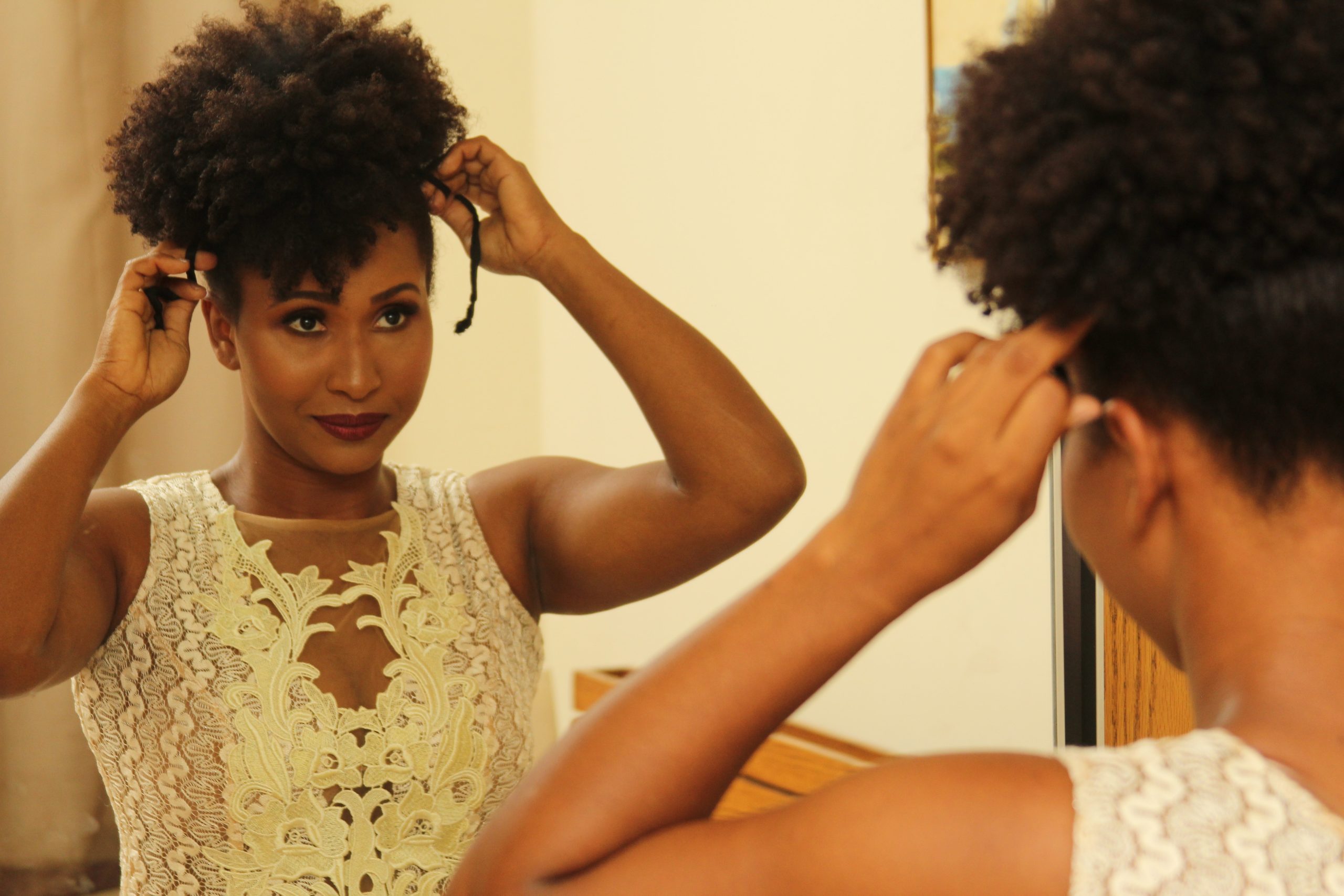
After understanding the causes of thinning hair, experts provide guidance on how to handle it. Here are some common strategies and recommendations from the experts:
- Styling: Opt for hairstyles that create the illusion of volume, such as layered cuts or textured styles. These can help make the hair appear fuller and thicker.
- Hair care: Use gentle haircare products suitable for your hair type. Avoid excessive heat styling, tight hairstyles, and harsh chemical treatments to minimize damage and breakage.
- Nutrition: Maintain a balanced diet rich in essential nutrients for healthy hair growth. Ensure adequate intake of iron, zinc, biotin, vitamin D, and vitamin E through diet or supplements, if necessary.
- Stress management: Implement stress management techniques like exercise, relaxation exercises, and self-care practices to reduce the negative impact of stress on hair health.
- Cosmetic solutions: Consider temporary solutions like hair extensions or wigs for immediate volume. Camouflaging products like sprays or powders can help conceal thinning areas.
- Scalp care: Maintain a healthy scalp by keeping it clean and well-nourished. Consider using gentle shampoos and conditioners specifically formulated for thinning hair or those that promote scalp health.
- Hair loss treatments: Explore over-the-counter or prescription hair loss treatments that contain ingredients like minoxidil. These treatments may help slow down thinning hair and stimulate new hair growth. Consult with a healthcare professional to determine the most suitable option for you.
- Low-level laser therapy: Consider low-level laser therapy devices, such as laser combs or helmets, which emit red light to stimulate hair follicles and promote hair growth. This therapy may be used in conjunction with other treatment methods.
- Platelet-Rich Plasma (PRP) Therapy: PRP therapy involves injecting a concentrated solution of platelets derived from your own blood into the scalp. This treatment aims to stimulate hair growth and improve hair thickness. It is typically performed by healthcare professionals specializing in hair restoration.
- Hair transplantation: In more advanced cases of hair thinning, hair transplantation can be an option. This surgical procedure involves transplanting hair follicles from areas of the scalp with healthy hair to areas with thinning or balding hair.
Remember, these are general guidelines and it’s important to consult with professionals who can provide personalized advice based on your specific circumstances. They can tailor treatments and strategies to address your unique needs and help you effectively manage thinning hair.
Featured image: Prostock-Studio/iStock
For the latest in fashion, lifestyle, and culture, follow us on Instagram @StyleRave_
This is a Style Rave original content exclusively created for our readers. If reproduced, distributed, transmitted, cached, or otherwise used by any other publishing house or blogs, such use should provide a direct link to this source article. Use of and/or registration on any portion of this site constitutes acceptance of our Terms & Conditions and Privacy Policy.
—Read also
A creative writer with a voracious appetite for fashion, beauty, lifestyle and culture. As one who's passionate about the advancement of the woman, creating content that inspire smart style and living, and positive lifestyle changes is a calling I take seriously. At Style Rave, we aim to inspire our readers by providing engaging content to not just entertain but to inform and empower you as you ASPIRE to become more stylish, live smarter and be healthier. Follow us on Instagram @StyleRave_ ♥



